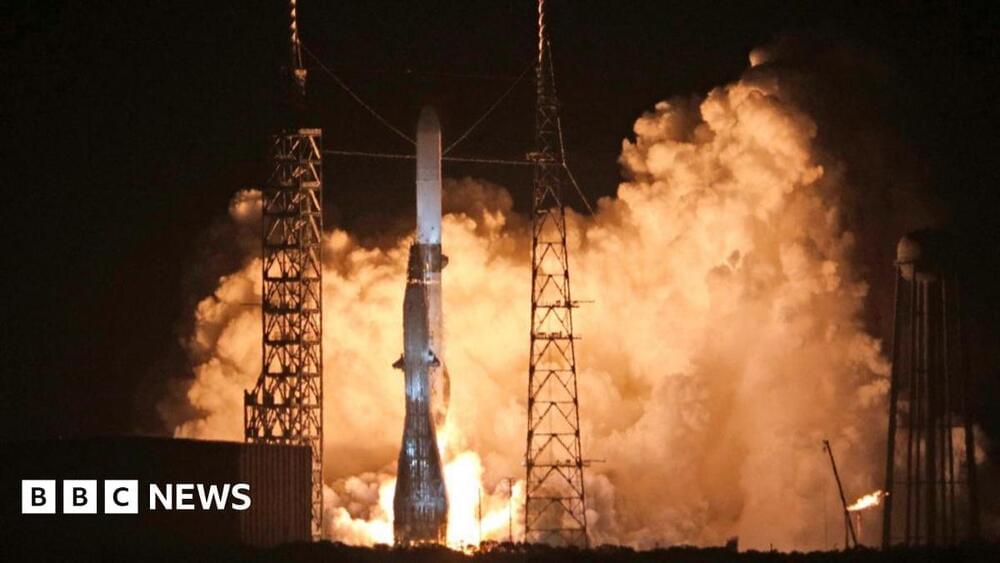Grok, the AI assistant integrated into the X platform, has been released as a standalone app, expanding its reach beyond the social media site. Developed by xAI, the app retains its signature conversational tone, which the company describes as “humorous and engaging.” Grok allows users to generate images, summarise text, and answer questions.
Initially launched in December 2024 for a limited set of users, the Grok app builds on X’s rollout of a free tier for the AI assistant. Previously, access to Grok was tied to an X Premium subscription, starting at $8 per month. The free tier allows 10 requests every two hours and three image analysis requests per day — restrictions that may also apply to the standalone app.
Users can sign in to the app using Apple, Google, or X accounts, or simply by email. It’s unclear if X Premium subscribers gain additional benefits when using the Grok app, as they do on X.






